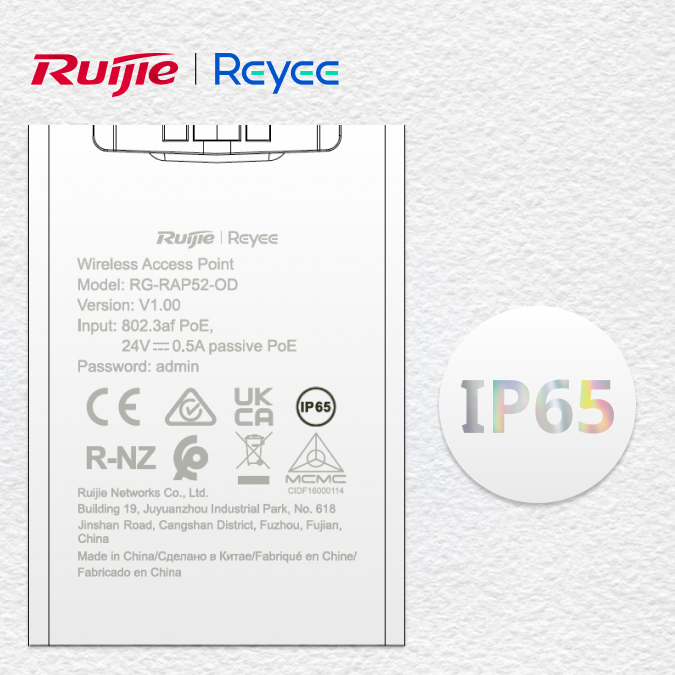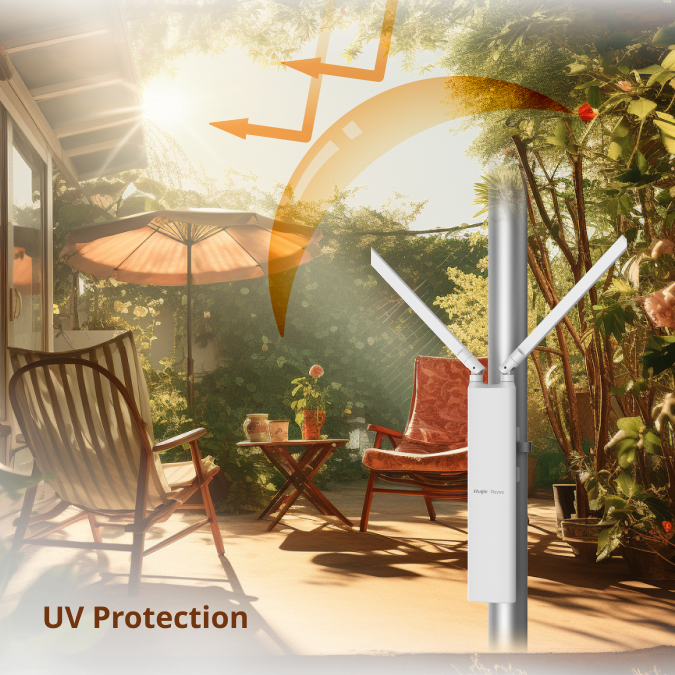The Mysteries of IP65 Explained
When choosing an enclosure for sensitive equipment, the term "waterproof" can be quite misleading. There’s a significant difference between waterproof, water-resistant, and other descriptive but non-specific labels. To clear this confusion, standardized rating systems like NEMA and IP have been established, helping engineers and consumers alike make informed decisions.
IP Rated Enclosure
The IP (Ingress Protection) rating system is one of the most widely recognized standards. It provides a clear and specific understanding of how well an enclosure can protect against foreign objects (including dust) and moisture. IP ratings are defined by the international standard IEC 60529, which aims to classify and rate the degree of protection provided by mechanical casings and electrical enclosures against intrusion, dust, accidental contact, and water.
Understanding IP Ratings
An IP rating typically consists of the letters "IP" followed by two digits. The first digit indicates the level of protection against solid objects, such as dust, and ranges from 0 to 6. The second digit represents the level of protection against liquids, particularly water, and ranges from 0 to 9.
For example, an IP65 rating means:
- First Digit (6): Dust-tight. No ingress of dust; complete protection against contact.
- Second Digit (5): Protected against water jets. Water projected by a nozzle (6.3mm) against the enclosure from any direction shall have no harmful effects.
Here’s a quick reference chart to further illustrate the meaning of IP ratings:

This chart simplifies the understanding of IP ratings, making it easier to choose the right protection level for your needs.
Why IP Ratings Matter
Understanding IP ratings is crucial because it ensures that the equipment will perform reliably in its intended environment. For instance, an IP65-rated enclosure ensures that the contained components are safe from dust and water jets, making it suitable for use in harsh conditions such as outdoor settings, industrial areas, and places with high moisture levels.
Scenarios for IP65
An IP65 rating is ideal for a variety of environments and applications due to its robust protection against dust and water. Here are some common scenarios where IP65-rated enclosures are essential:
- Open Spaces: Bus stations, parks, plazas, campuses, etc. Enclosures are often installed on buildings and light poles to house electronics for access control, video surveillance systems, alarms, and Wi-Fi systems.
- Semi-Open Spaces: Backyards, extension areas, private domains, etc. Enclosures are installed on house walls or street light poles to protect electronics for cashiers, video surveillance systems, ordering, and guest Wi-Fi systems.
- Factories: Chemistry labs, manufacturing floors, etc. Used to house automation components and controls, IP65-rated enclosures are preferred for their ability to withstand washdowns and other industrial conditions.
The versatility of IP65-rated enclosures makes them a go-to choice for ensuring the protection and longevity of electronic systems in these challenging environments.
How to Verify the IP65 Rating
To ensure the reliability of an IP65-rated product, certification labels and markings are crucial. It is an industry-standard practice to label packages and products with important information such as IP ratings. This promotes transparency and makes it easy for you to identify this data for verification purposes. Honest manufacturers will keep this information handy and as accessible as possible throughout the product display and its packaging.

Benefits of Choosing an IP65 Product
Longevity and Cost Savings Investing in IP65-rated hardware ultimately leads to long-term cost savings. The robust construction and high-quality materials used in these devices ensure durability and longevity. By providing a strong defense against dust, debris, and water, IP65-rated hardware reduces the risk of damage, malfunctions, and downtime. This reliability translates into decreased maintenance costs, fewer replacements, and improved overall efficiency.
Safety and Peace of Mind IP65-rated hardware prioritizes safety by protecting against potential hazards. Whether it’s preventing dust-related issues, water damage, or corrosion, these devices help create a secure environment for both equipment and personnel. The enhanced protection ensures that critical systems continue to operate reliably, reducing the risk of accidents, disruptions, or costly repairs.
RAP-52-OD: Built to Withstand the Elements
The RAP-52-OD excels in its IP65-rated design, providing superior protection against both solids and liquids. Let's explore how this product is tested and designed to meet these high standards.
Testing Environment To ensure the RAP-52-OD meets the IP65 standard, rigorous testing was conducted in environments simulating high levels of dust and water exposure. These tests verified that the product could withstand solid particle ingress and water jets, ensuring reliable performance in demanding conditions.

Smart Design Features of the RAP-52-OD
Dust Plug for Network Port The RAP-52-OD includes a specially designed dust plug for the network port, providing superior protection against dust and water ingress.
Rubber Ring Protection Each port is equipped with a rubber ring to prevent dust and water from entering the enclosure, enhancing the durability and reliability of the device.
Special Heat Dissipation Design The RAP-52-OD can support long-term use at temperatures up to 65 degrees Celsius. The heat dissipation design effectively conducts internal temperature to the shell, speeding up heat dissipation and ensuring the internal chip operates normally. Unlike other brands where customers have complained about overheating, the RAP-52-OD maintains optimal temperatures even when mounted on walls or poles for extended periods.
UV Protection The RAP-52-OD is built for outdoor suitability, adhering to UL 746C standards. The materials used are subjected to extensive UV light exposure tests using a twin-enclosed carbon weatherometer or a xenon-arc weatherometer, ensuring long-term durability against ultraviolet radiation.

Wind Resistance Test The RAP-52-OD has undergone rigorous wind resistance testing, continuously pumping negative pressure for 8 hours at 2Kpa. Normally, similar products withstand around 65 pounds of force, but the RAP-52-OD withstands up to 93.7 pounds, ensuring it remains stable and operational even in strong winds.

Conclusion
Protecting wireless devices from environmental stressors should be a priority for anyone looking to maintain reliable and long-lasting equipment. IP65-rated products, such as the RAP-52-OD, provide the necessary protection against dust and water, ensuring durability and reliability in various challenging environments. By choosing IP65-rated hardware, you are investing in the longevity, safety, and overall efficiency of your systems, making it a smart and cost-effective decision for the future.










